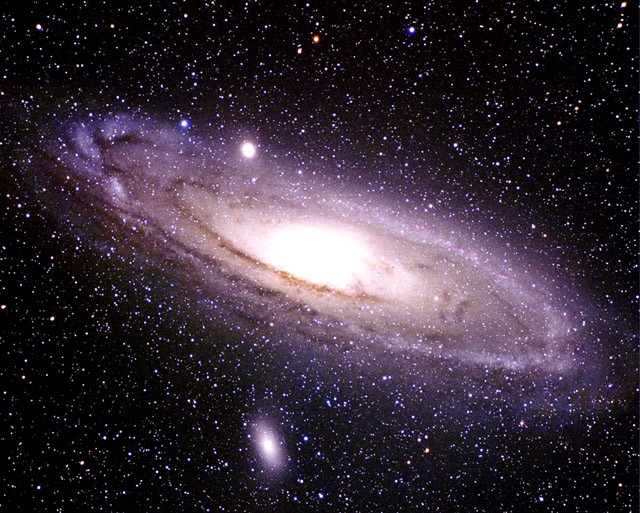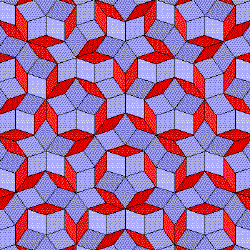When atoms were first decidedly discovered, they were thought to be fundamental, a not-dividable particle that made up all elements. But as compounds and solutions were broken down into elements, and these elements became more categorical, it seemed that even individual atoms had to possess smaller building blocks.
"...experiments which "looked" into an atom using particle probes indicated that atoms had structure and were not just squishy balls. These experiments helped scientists determine that atoms have a tiny but dense, positive nucleus and a cloud of negative electrons (e-)."(Berkeley Lab, 2011)
 |
| Picture credit: wikispace History of the Atom |
Soon enough, scientists had determined that an atom is made up of three sub-atomic particles: Protons and Neutrons in the nucleus and that cloud made up of the much smaller elementary particle, the electrons. But are these three particles fundamental? Well, the electrons are.
So electrons are (to date considered) fundamental subatomic particles. But what, then, are protons and neutrons made of?
Protons, it turns out, are made of two "up" quarks and one "down" quark, held together with a "cloud of gluons" (R. Nave).
Neutrons are made up of two "down" quarks and one "up" quark.
What scientists have developed to determine fundamental particles is the Standard Model Theory. This theory has been supported through experimentation in particle accelerators such as the Large Hadron Collider(LHC) at CERN.
The Standard Model has 12 fundamental matter particles: six quarks and six leptons. The up and down quarks are just two of the quarks; there are also: charm, strange, top and bottom quarks.
Leptons include the electron as well as the following: neutrino electron, muon, tau, muon-neutrino and tau-neutrino.
 |
| picture credit: Cern, http://public.web.cern.ch/public/en/science/standardmodel-en.html |
These particles are members of multiple generations, 1st, 2nd and 3rd. Up and down quarks, for example, make up the first generation of quarks. The second and third generation particles are heavy and unstable and quickly decay to the more stable first generation. This is why our protons and neutrons are made of first generation quarks, and why it is electrons that occupy the cloud surrounding the atom's nucleus.
The Standard Model Theory does include forces and carrier particles which play a role in keeping atoms together. Carrier particles are carrying three of the four forces known: strong and weak nuclear forces and electromagnetism. Note that gravity is not included which is part of the reason that this model is not considered complete enough for the science community. These forces hold together the matter particles and the carrier particles include bosons, photons and gluons. Photons carry electromagnetism, bosons carry the weak force and gluons carry the strong force. Now if gravity could be added to the Standard Model, a carrier particle called a graviton could be included, but so far, scientists have not been able to produce any results to add the force and its carrier. This is one of many goals of the LHC and it's collaborators.
References:
Berkeley Labs. http://particleadventure.org/standard-model.html. accessed 29Dec2011
Nave, C. R. and Sheridan, John, The Microwave and Infrared Spectra and Structure of Hydrothiophosphoryl Difluoride, Journal of Molecular Structure 15, 391, 1973. (http://hyperphysics.phy-astr.gsu.edu/hbase/particles/proton.html).
CERN, European Organization for Nuclear Research http://public.web.cern.ch/public/en/science/standardmodel-en.html . 2008.














































